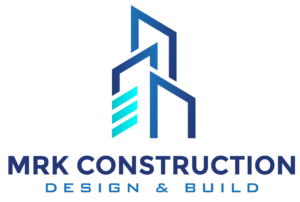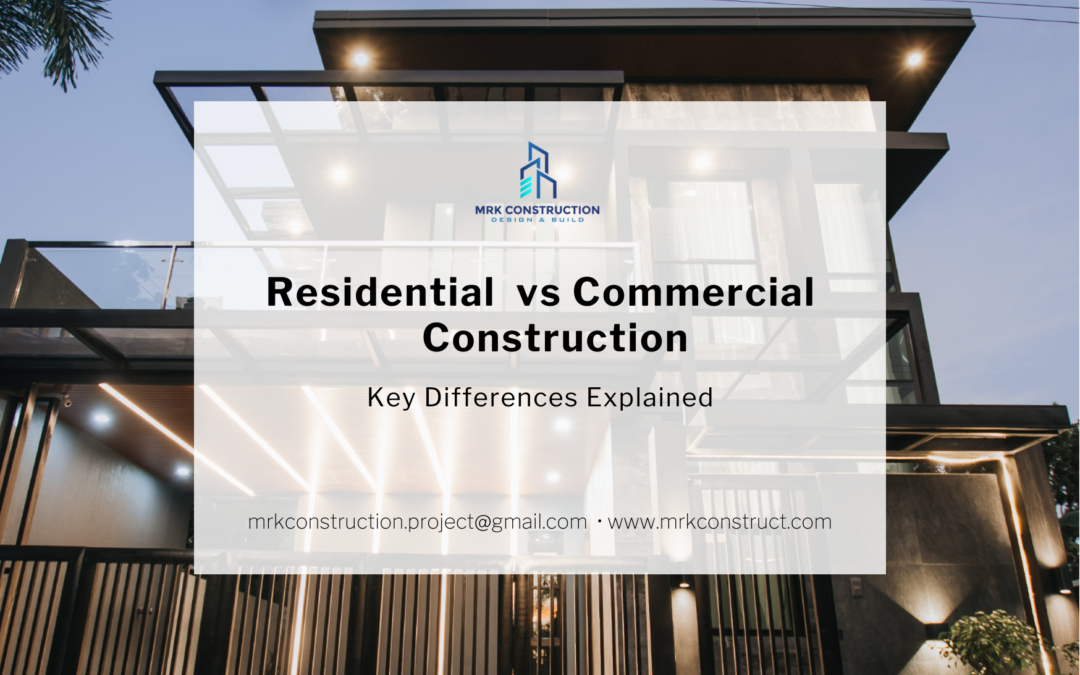Understanding the Two Worlds of Construction
When it comes to construction projects, one size does not fit all. Residential and commercial construction are vastly different in terms of purpose, materials, regulations, and execution. Knowing these differences can help you make informed decisions when planning your project.
Key Differences Between Residential and Commercial Construction
1. Purpose and Functionality
Residential construction focuses on creating comfortable and personalized living spaces tailored to the needs of the homeowner. In contrast, commercial construction prioritizes functionality and scalability, catering to businesses, public spaces, and industrial facilities.
2. Materials and Techniques
While residential buildings often use materials that emphasize aesthetics and comfort, such as wood and drywall, commercial projects rely on durable materials like steel and concrete to support heavy use and large-scale operations.
3. Budget and Timelines
Residential projects are generally smaller in scale, leading to shorter timelines and lower budgets. On the other hand, commercial construction involves complex designs, larger teams, and higher costs.
4. Regulatory Requirements
Commercial projects must comply with stringent safety codes, accessibility standards, and zoning laws. Residential construction, while regulated, has fewer legal and structural constraints.
5. Design Aesthetics
Residential projects are heavily influenced by the homeowner’s preferences, while commercial designs are often more utilitarian, with aesthetics taking a backseat to functionality.
Conclusion
Whether you’re building a family home or a commercial facility, understanding these distinctions is crucial. MRK Construction specializes in both residential and commercial projects, ensuring your vision is brought to life with precision and care.

